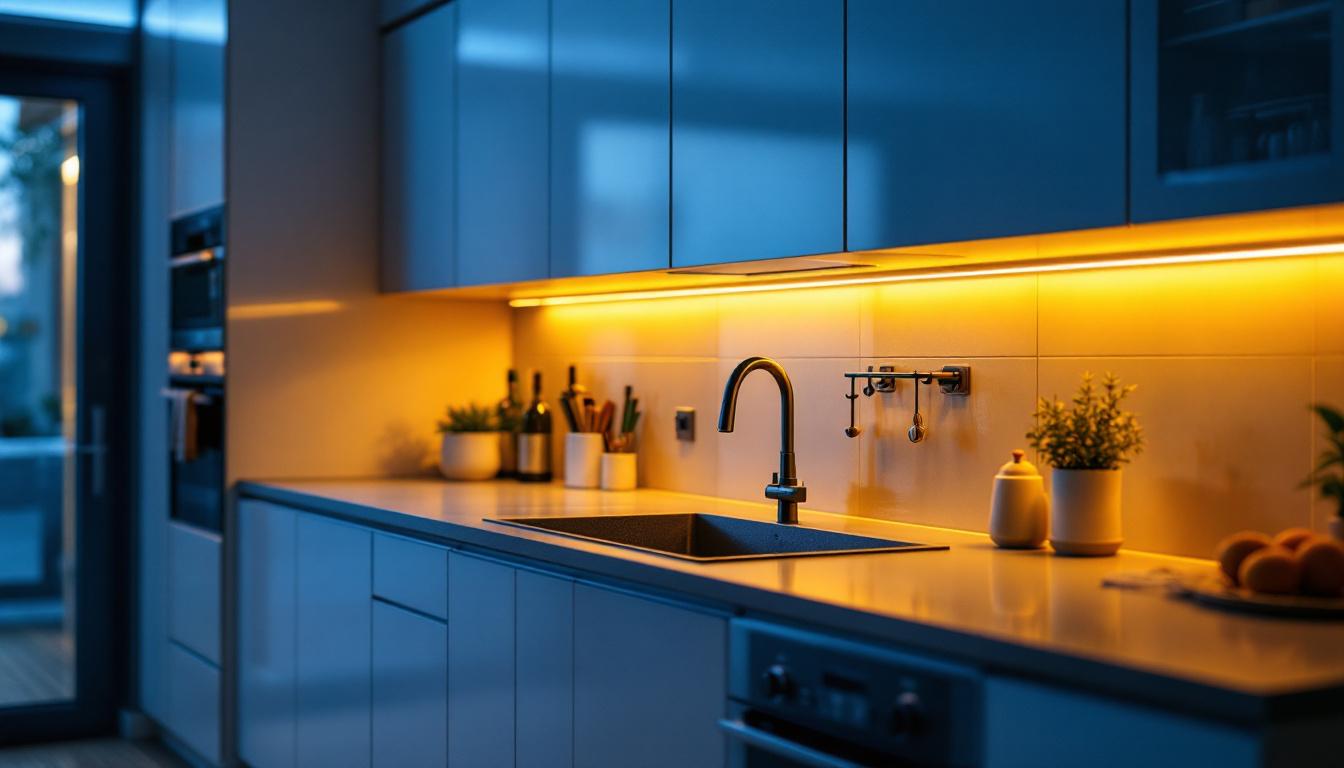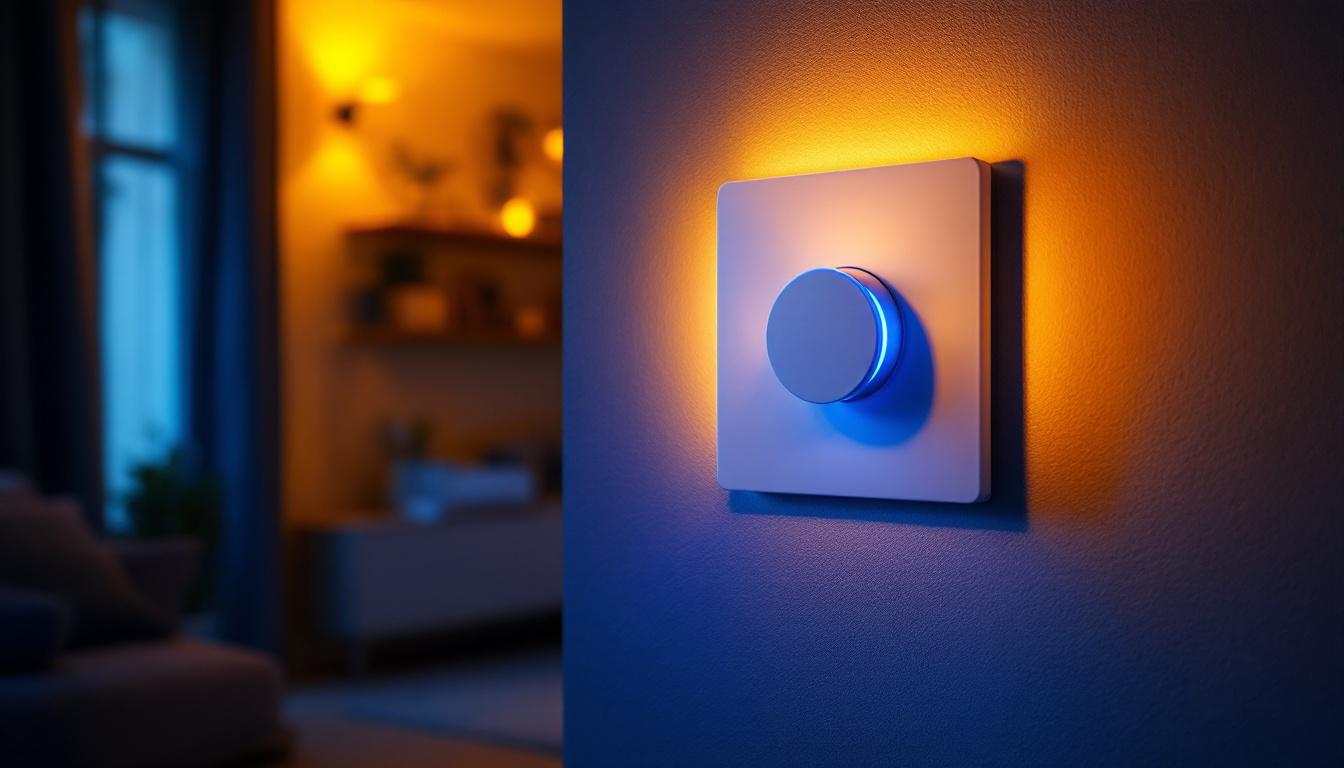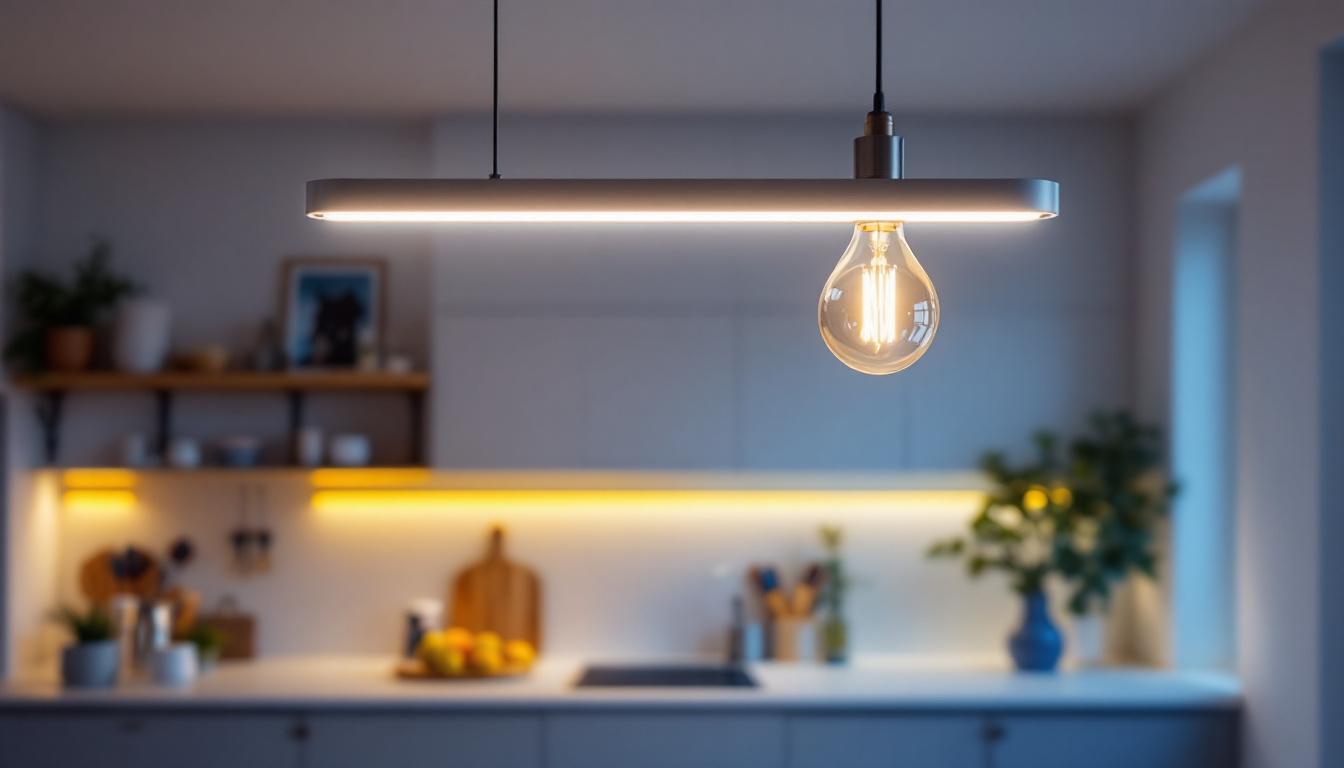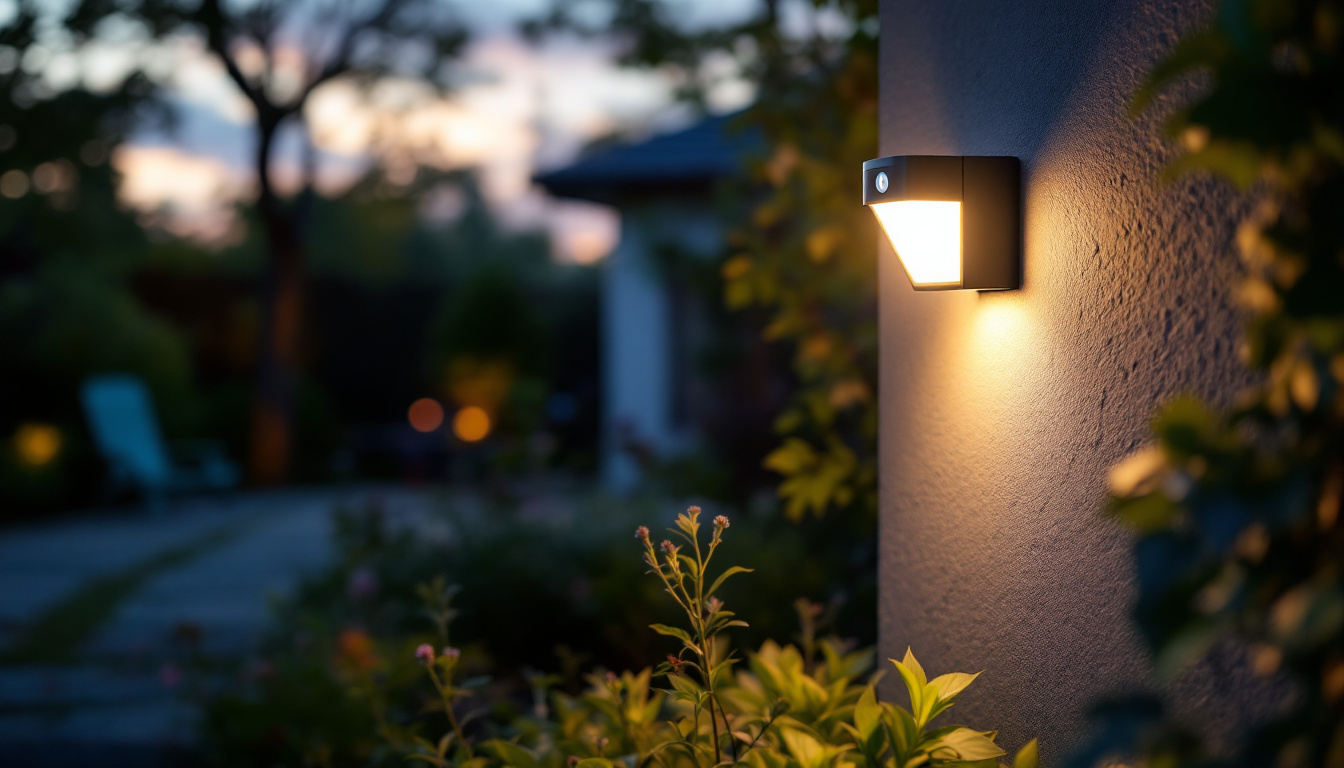
Under cabinet lighting strips have become an essential component in modern kitchen design, providing both functional and aesthetic benefits. For lighting contractors, the installation of these lighting solutions presents unique challenges that require innovative approaches and problem-solving skills. This article delves into the common challenges faced by lighting professionals and offers practical solutions to enhance the installation process and client satisfaction.
Before delving into the challenges, it is crucial to understand what under cabinet lighting strips are and their significance in a kitchen setting. These strips are typically LED-based, designed to be mounted beneath cabinets to illuminate countertops and workspaces. They not only enhance visibility but also contribute to the overall ambiance of the kitchen. The strategic placement of these lights can transform a mundane kitchen into a vibrant and functional space, making cooking and food preparation more enjoyable and efficient.
In addition to their practical benefits, under cabinet lighting strips can also serve as a design element. By choosing the right color temperature and brightness, homeowners can create a visually appealing environment that complements their kitchen decor. Whether it’s a sleek modern kitchen or a cozy rustic space, the right lighting can highlight architectural features, showcase decorative items, and even make the room feel larger and more inviting.
There are various types of under cabinet lighting strips available, each with distinct features. The most common types include:
Understanding the different types allows lighting contractors to make informed decisions based on their clients’ needs and preferences. Additionally, the choice of lighting can significantly impact the kitchen’s functionality; for example, LED strips are often favored for their ability to provide focused light, making them ideal for detailed tasks such as chopping vegetables or reading recipes.
Color temperature plays a significant role in the effectiveness of under cabinet lighting. Measured in Kelvins (K), the color temperature can range from warm (2700K) to cool (5000K) light. Lighting contractors must consider the existing kitchen decor and the desired mood when selecting the appropriate color temperature. Warm light creates a cozy atmosphere, while cooler light is ideal for task-oriented spaces. Furthermore, the right color temperature can influence how food looks under the light, enhancing the visual appeal of dishes prepared in the kitchen.
Moreover, many modern under cabinet lighting systems now offer adjustable color temperatures, allowing homeowners to switch between warm and cool light depending on the time of day or the activity being performed. This flexibility can be particularly beneficial for those who use their kitchens for multiple purposes, from casual family meals to formal dinner parties. By tailoring the lighting to suit different occasions, homeowners can enhance both the functionality and aesthetics of their kitchen space.
Despite the benefits of under cabinet lighting strips, several challenges can arise during installation. Understanding these challenges is the first step in overcoming them effectively.
One of the most significant challenges lighting contractors face is ensuring proper electrical connections. Under cabinet lighting strips often require specific voltage and amperage, and improper installation can lead to flickering lights or even electrical hazards.
To mitigate these issues, it is essential to conduct a thorough assessment of the existing electrical system before installation. Contractors should ensure that the circuit can handle the additional load and that all wiring complies with local codes and regulations. Additionally, it’s wise to consider the use of a dedicated circuit for the lighting strips, especially in kitchens where multiple appliances may already be drawing power. This precaution can help prevent overloads and ensure that the lighting operates smoothly without interruption.
Another common obstacle is dealing with limited space under cabinets. Many kitchens have varying cabinet heights and depths, making it challenging to find the right fit for lighting strips.
To address this issue, contractors can opt for flexible LED strips that can be cut to size. This adaptability allows for a more customized installation, ensuring that the lighting fits perfectly within the available space. Moreover, it’s beneficial to consider the placement of the strips in relation to the kitchen layout. For instance, positioning the lights closer to the front edge of the cabinet can maximize illumination on countertops, enhancing both functionality and aesthetics.
Proper adhesion is crucial for the longevity of under cabinet lighting strips. Many strips come with adhesive backing, but this can sometimes fail, particularly in high-humidity environments like kitchens.
To enhance adhesion, contractors should clean the surface thoroughly before installation and consider using additional mounting brackets or clips. This extra support can prevent the strips from peeling away over time, ensuring a long-lasting installation. Furthermore, selecting the right type of adhesive can also make a significant difference; for instance, using a silicone-based adhesive can provide a stronger bond in humid conditions. It’s also advisable to allow the adhesive to cure fully before testing the lights, as this can help prevent any premature detachment.
To overcome the challenges associated with under cabinet lighting strips, lighting contractors can implement several strategies that streamline the installation process and improve the final outcome.
Effective planning is key to a successful installation. Contractors should engage in detailed discussions with clients to understand their preferences and expectations. This includes selecting the right type of lighting, color temperature, and placement.
Creating a layout plan can also help visualize the final setup. This plan should include measurements, electrical requirements, and any potential obstacles that may arise during installation.
Technology can significantly enhance the installation process. Many modern lighting strips come with smart features, allowing for remote control and dimming capabilities. Contractors should familiarize themselves with these technologies to offer clients the best solutions.
Additionally, using tools like laser levels and measuring apps can improve accuracy during installation, ensuring that the strips are aligned correctly and positioned at the desired height.
Continuous education and skill development are vital for lighting contractors. Staying updated on the latest trends, technologies, and installation techniques can provide a competitive edge in the market.
Participating in workshops, webinars, and industry events can help contractors expand their knowledge and network with other professionals. This investment in education can lead to improved installation practices and increased client satisfaction.
Effective communication with clients is essential throughout the installation process. Lighting contractors should take the time to educate clients about the benefits of under cabinet lighting and how to use it effectively.
Contractors should set realistic expectations regarding the installation timeline and potential challenges. By being transparent about the process, clients are more likely to feel satisfied with the outcome, even if unexpected issues arise.
Providing a detailed timeline and explaining each step of the installation can help clients understand the complexity of the project and appreciate the contractor’s expertise.
After the installation is complete, offering post-installation support can enhance client satisfaction. This may include providing maintenance tips, troubleshooting common issues, and being available for follow-up questions.
Establishing a relationship of trust with clients can lead to repeat business and referrals, which are invaluable in the lighting industry.
Incorporating innovative design solutions can help lighting contractors stand out in a competitive market. By offering unique options and creative ideas, contractors can enhance the appeal of their services.
Customizable lighting solutions allow clients to tailor their under cabinet lighting to their specific needs. This can include adjustable brightness levels, color-changing options, and integration with smart home systems.
By presenting these options, contractors can demonstrate their commitment to providing personalized service and meeting the unique preferences of each client.
Under cabinet lighting should not only serve a functional purpose but also enhance the overall aesthetic of the kitchen. Contractors can suggest various design elements, such as using different colors or patterns of lighting strips, to create a visually appealing effect.
Incorporating dimmable options can also allow clients to adjust the ambiance according to their needs, whether it be for cooking, entertaining, or relaxing.
Under cabinet lighting strips offer numerous benefits, but they also present unique challenges for lighting contractors. By understanding these challenges and implementing effective strategies, contractors can ensure successful installations that meet client expectations.
Through careful planning, effective communication, and a commitment to innovation, lighting contractors can overcome obstacles and deliver exceptional results. As the demand for under cabinet lighting continues to grow, those who adapt and excel in this area will find themselves well-positioned in the competitive lighting industry.
Ultimately, the key to success lies in a combination of technical expertise, creative design solutions, and strong client relationships. By focusing on these elements, lighting contractors can not only overcome challenges but also thrive in their field.
Ready to tackle your next under cabinet lighting project with confidence? Choose LumenWholesale for all your lighting needs. Our extensive selection of spec-grade lighting products is designed to meet the highest industry standards, ensuring you get reliable, high-performance lighting every time. With unbeatable wholesale prices and the convenience of free shipping on bulk orders, you can provide your clients with the perfect blend of quality, affordability, and design. Don’t let inflated markups dim your project’s potential. Wholesale Lighting at the Best Value is just a click away. Experience the LumenWholesale difference today!

Discover how the dimmer LED switch is revolutionizing the lighting industry with its energy efficiency, customizable ambiance, and extended bulb lifespan.

Discover why lighting contractors should prioritize light pricing in their projects.

Discover why 4 ft kitchen lights are a game-changer for lighting contractors.

Discover the top picks for motion sensor outdoor lights in this comprehensive guide tailored for lighting contractors.